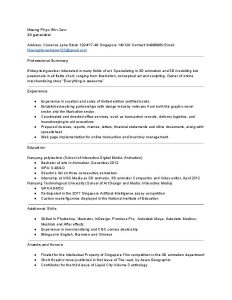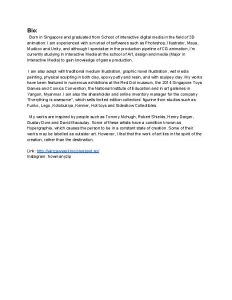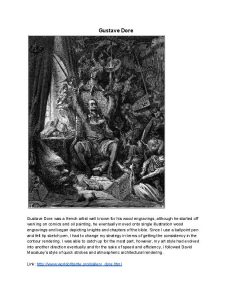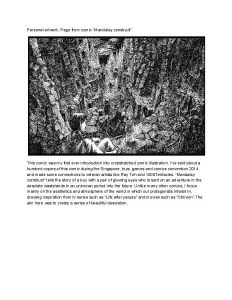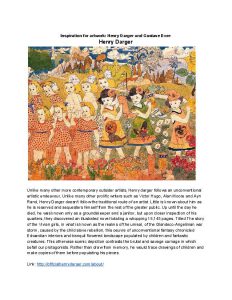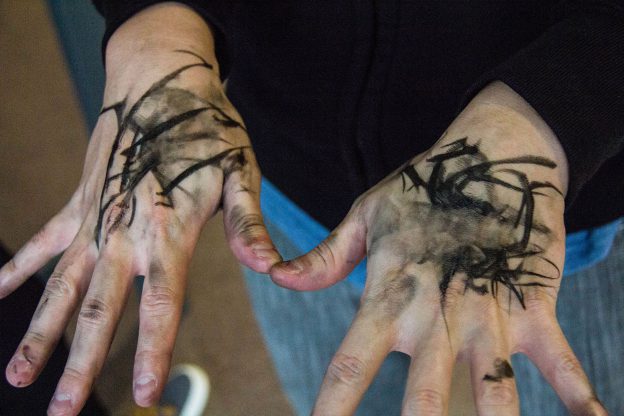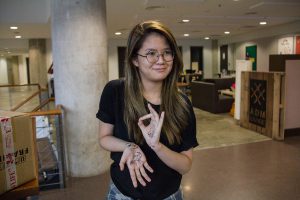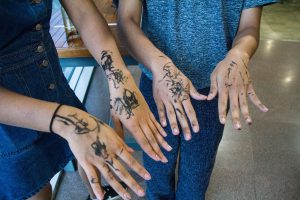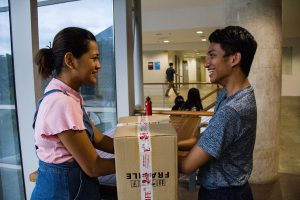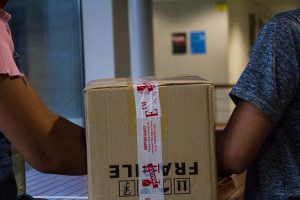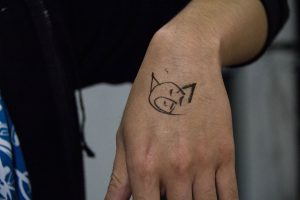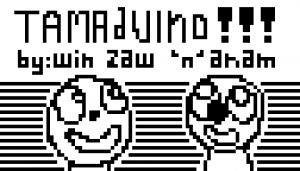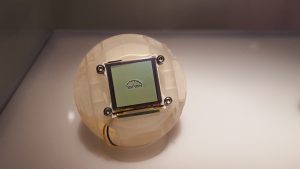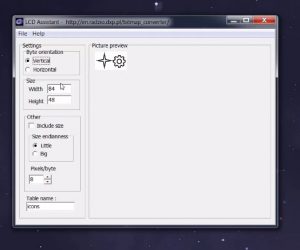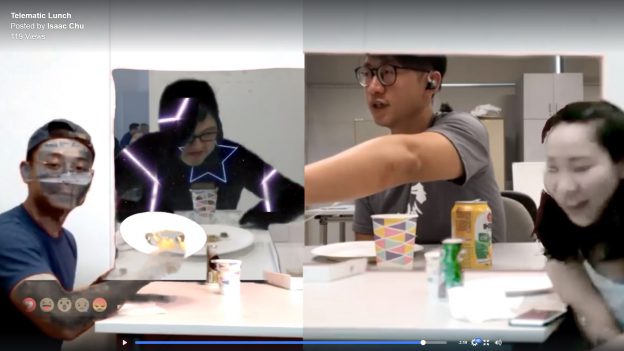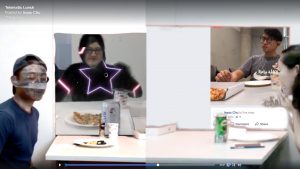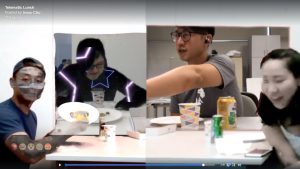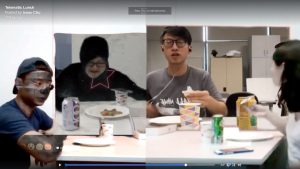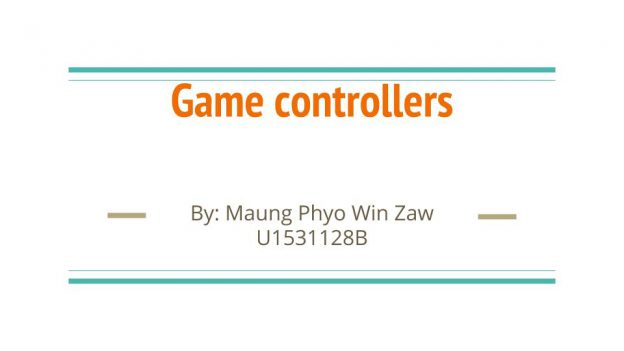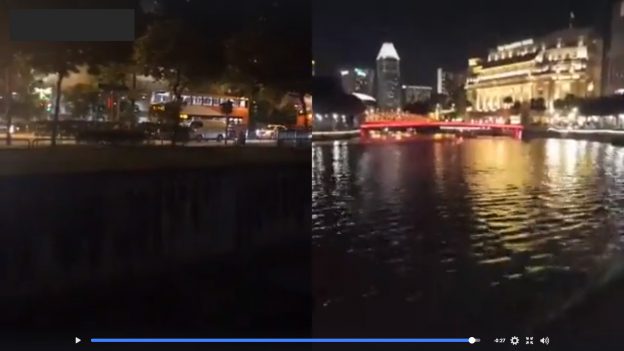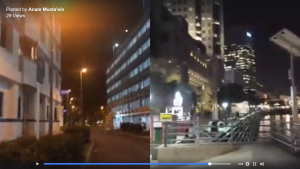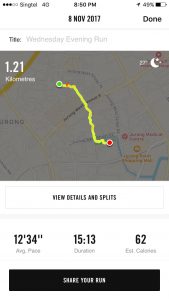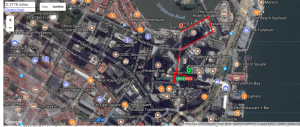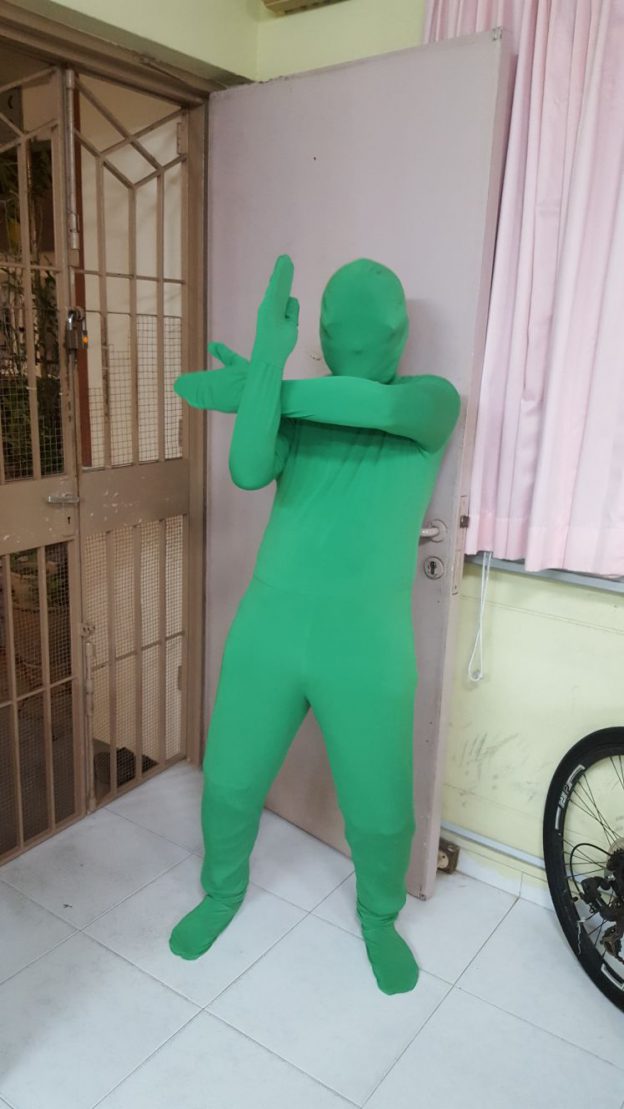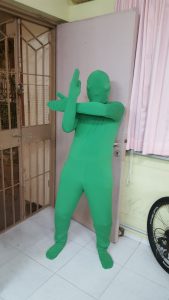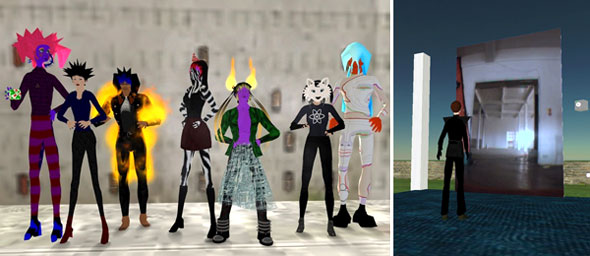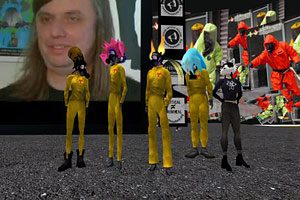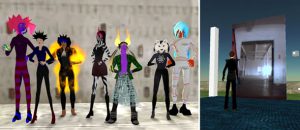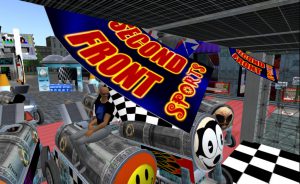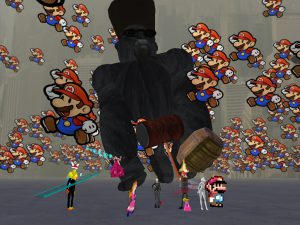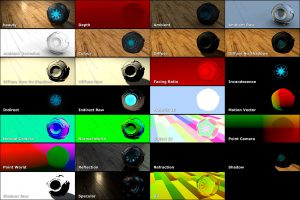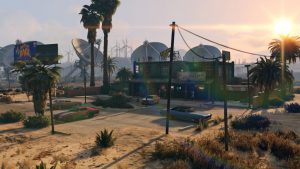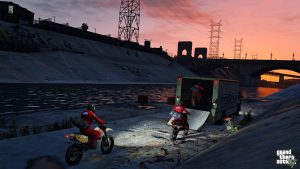Review about the trip to the State of motion exhibition
By: Maung Phyo Win Zaw
U1531128B
I was unable to head to the exhibition as I had only gotten the admission. Nonetheless, I was able to watch an excerpt from the film Seniman Bujang Lapok, which was screen in the State of motion exhibition. The movie, which is directed by P.Ramlee is a comedy film starring three characters. Ramli, Aziz and Sudin and chronicles their journey into the film industry as movie actors. However, the movie does turn away from that a little to show us life in the suburbs.
Though not as overt in their presentation of slapstick humor as The three stooges and Charlie chaplin, this movie is nonetheless an entertaining watch as I was thoroughly fascinated in the inner workings of the movie industry pre-independence, and although I can’t state to an absolute certainty, I am confident enough that the backdrop in which this movie is set in feels authentic. There is something in this movie that i feel is lacking in today’s contemporary comedy film, and that may either be the lack of authenticity, or the insistence to stick to the old slapstick aesthetic of the sixties. That is not to say that slapstick cannot work. Movies like “The three idiots” have proven that. I feel that there has to be more of a voice or deeper meaning, on top of nostalgia and formula.
The humor here also feels zany to a degree, which is something I don’t see often in comedy. Usually one would establish a joke and play it in threes or utilize it as a tool for social commentary. Rarely would I be caught off with slightly off-kilter, and non-sequitur joke but here it is.
There was even a musical number where the mock old bachelors drinking too much and screaming as a result of becoming bloated. They even mock them for cycling on bicycles which I assume must be punctured as they described their tires as ringworms. Thus I conclude that the people speak in a manner which only seem fitting to their culture, and out of place for someone in a different time. I honestly don’t know if the “swine flee” joke would play well in today’s time, given how politically correct this generation is.
I did get a chance to read the brochure from the event, and this is just my personal opinion, but I feel that this section should do away with flowery language as it’s doing no one any good. As someone with experience in the digital media industry and someone in charge of online business transactions and correspondence, I’m tasked with sifting out a huge amount of fluff from client emails.
I also can’t help but make a simplified and reductive analysis just to make out what some of these people really do. First, we have Mintion, a lens-based artist invested in the condensation of space of time through the process of layering images. That just means she can process films to have double exposure, or use multiply in Photoshop. Her recent series “Concrete Euphoria”, though touted as a dance of chasas and emotional impulse, is really just a set of apartments overlaid over another.
Next we have Boedi Widjaja, who connects a diverse set of conceptual references to generate a series of conceptually-charged multi-medium drawings and installations based on his experiences of migration, culture and aesthetics. Which to me just sounds like someone who takes “vacation” photos, and sure enough, it is. his work, path 9 is described as investigating notions of place, origin and identity in the context of a porous Asian global city. How this artwork was supposed to accurately describe and address the immigration remains to be seen.
Which really brings me to why I’m not really big on these kinds of art exhibitions. We tend to use Buzzwords like “Dialogue” and “Awareness”, and feel obligated to derive a higher meaning to something that most ordinary people wouldn’t even associate or resonate with. I also find that without annotations or exhibition guides, the artworks wouldn’t be as self-explanatory.
As for the issue of immigration, I would recommend the article by the Journal of Artificial Societies and Social Simulation (http://jasss.soc.surrey.ac.uk/16/3/7.html) to have a more thorough and nuanced understanding of the differences between Ethnocentric civilizations and Humanitarian civilizations.
But then again, I wasn’t there so I really wouldn’t know.
